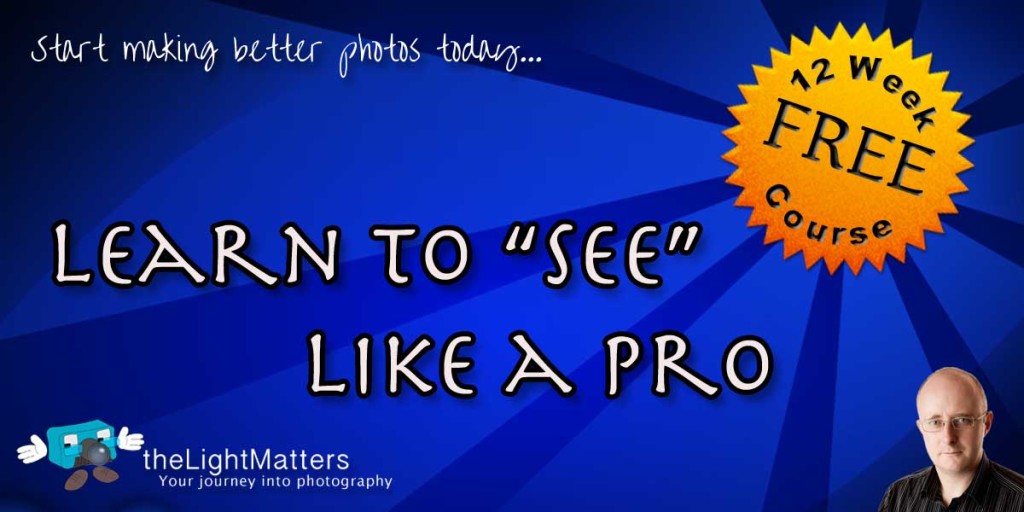“How much should I charge?” is a question asked by many photographers when they first enter the professional or semi-professional arena. Read on to find out…
How much should I charge for my photography?
In my previous article, “Know your value, Know your worth” I briefly discussed the concepts of valuing your work from the buyer’s perspective and understanding your true costs. In this article I want to look further into how to price for profit.
There is no right answer!
Firstly, and most importantly, there is no right answer to how you price your work. There are however plenty of wrong answers (e.g. charging less than it costs you to do the job).
Your prices will depend a lot on the type of photography you do and how you sell the images. For example if you shoot primarily stock images you’re pretty much restricted to the commission that the stock library pays. If you sell fine art you’ll likely charge much more per image than say a wedding photographer. If you’re a wedding photographer you’ll likely have a much higher daily rate than a fine art photographer but have a much smaller residual income.
The point I’m trying to make is this: your pricing strategy will be greatly affected by the type of photographer you are. One of the lessons I’ve learned on my own journey is that when you’re working out how much to charge for your photography you are going to need a pricing strategy.
Pricing Strategies…
Cost based pricing
Cost based pricing is very simple. Basically you work oute your costs for your product or service, apply a multiplication factor, say 10x, and you have your price. Simple.
The biggest advantage of this strategy is its simplicity. It’s very quick to come up with a new price if you know your costs. There are pitfalls though as you’re not really creating value or maximising your profit. It can also lead to competing on price which is a bad place to be and the subject of a later post.
Trading time for money
Somewhat similar to cost based pricing, the idea here is you charge an hourly rate for your time to do a job. Your success here depends on how accurately you can estimate workload. If you get it wrong and the job takes longer than anticipated your hourly rate goes down as does your profitability and your ability to handle more work.
Ultimately there is a bigger issue with this strategy: a self imposed glass ceiling to your business. There are only so many hours you can work in a week and if you trade time for money the only way to increase your revenue when you’re at full capacity is to take on more staff or increase your hourly rate.
Value based pricing
Value based pricing is perhaps the hardest to get to grips with. I touched on this briefly in my previous article, “Know your value, know your worth”. It involves setting your prices according to the value your ideal clients (i.e. not you!) place on your work.
Why the client and not you? Because you’ll probably value your work too high or too low. Too high and your clients won’t bite. Too low and they won’t bite either, worse still if they do you’ll find it difficult to put your prices up without losing them.
The success of this strategy relies in part on feedback and research, in part on trial and error. You need to understand what you ideal client will pay and set your prices accordingly. Then vary your prices up of down after a fixed period of time according to the amount of business you win or lose.
There is a danger with this strategy that you’ll end up competing on price. Especially if you keep a close eye on your competition’s prices. I would argue that what they charge is irrelevant and none of your business. Awareness is one thing but copying is altogether different. It’s far, far better to find your own hill mot defend than attack someone else’s.
Conclusion
Think of this post as a starting point rather than a definitive list. There are many, many more pricing strategies that you can employ when determining how much to charge for your photography. I personally use a combination of the above, heavily weighted towards value based pricing but with cost based and a target hourly rate as a sanity check.
Now it’s over to you. I’d love to hear your thoughts on this article, good or bad. Leave me a comment below and let me know.


